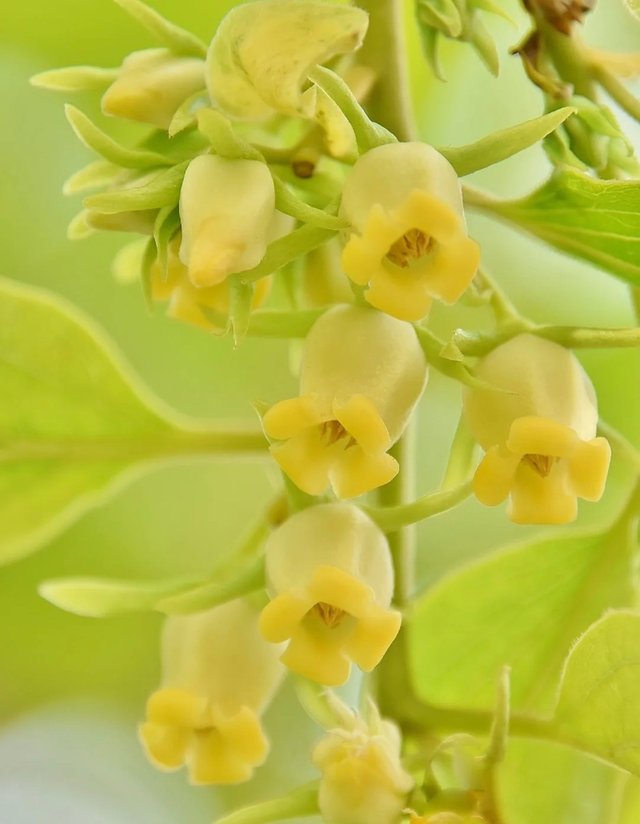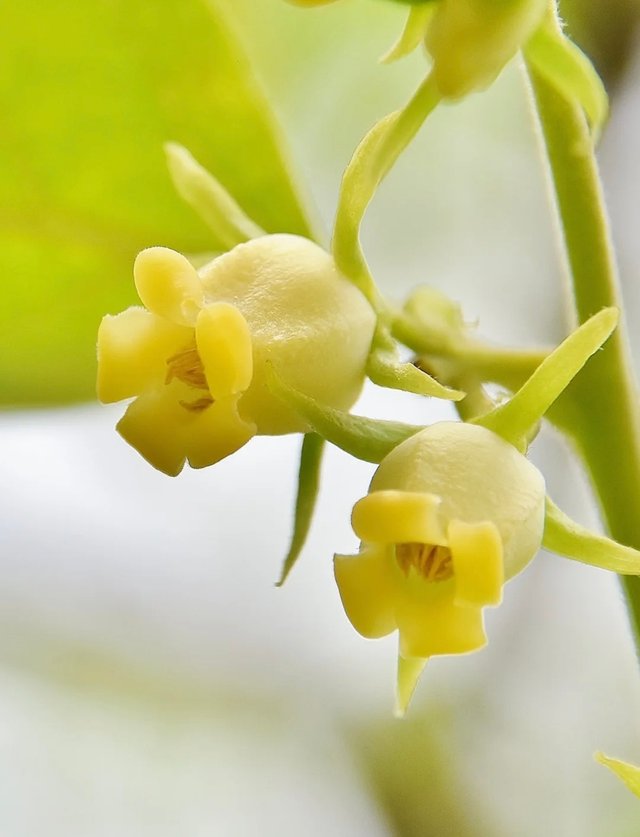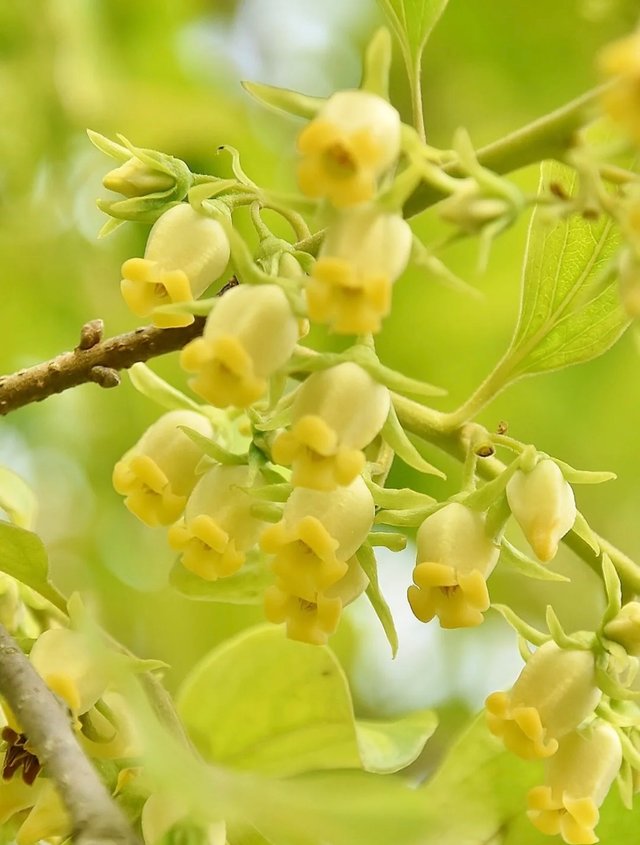Chiococca alba
Hidden among the lush foliage of subtropical and tropical regions is a plant with quiet charm and powerful botanical secrets—Chiococca alba, commonly known as Snowberry, Milkberry, or David’s Milkberry. Despite its understated appearance, this flowering plant holds a fascinating place in nature, traditional medicine, and ecological balance.Chiococca alba is a woody climbing shrub or small tree, typically found twining through forest edges, scrublands, and hammocks. It's a tough and adaptable plant, thriving in sandy soils and tolerating drought conditions once established.
The flowers of Chiococca alba are delicate, tubular, and pure white, often appearing in clusters. While they may not scream for attention like showy tropical orchids or hibiscus, these modest blooms emit a soft, sweet fragrance that attracts pollinators such as bees and butterflies.Each flower has a five-lobed corolla, giving it a star-like shape. This refined form fits its common name “Snowberry,” as the blooms—and later the berries—look like little drops of snow tucked among glossy green leaves.
Following the flowers come the plant’s namesake: pearl-like, milky white berries. These berries are not just visually striking against the plant’s dark green leaves—they also have ethnobotanical significance.Indigenous cultures and traditional herbalists have long utilized Chiococca alba for its medicinal properties.Roots and leaves are often prepared as decoctions, teas, or poultices. However, like with many wild medicinal plants, caution is essential—self-medication with unfamiliar plants can be dangerous without expert guidance.



